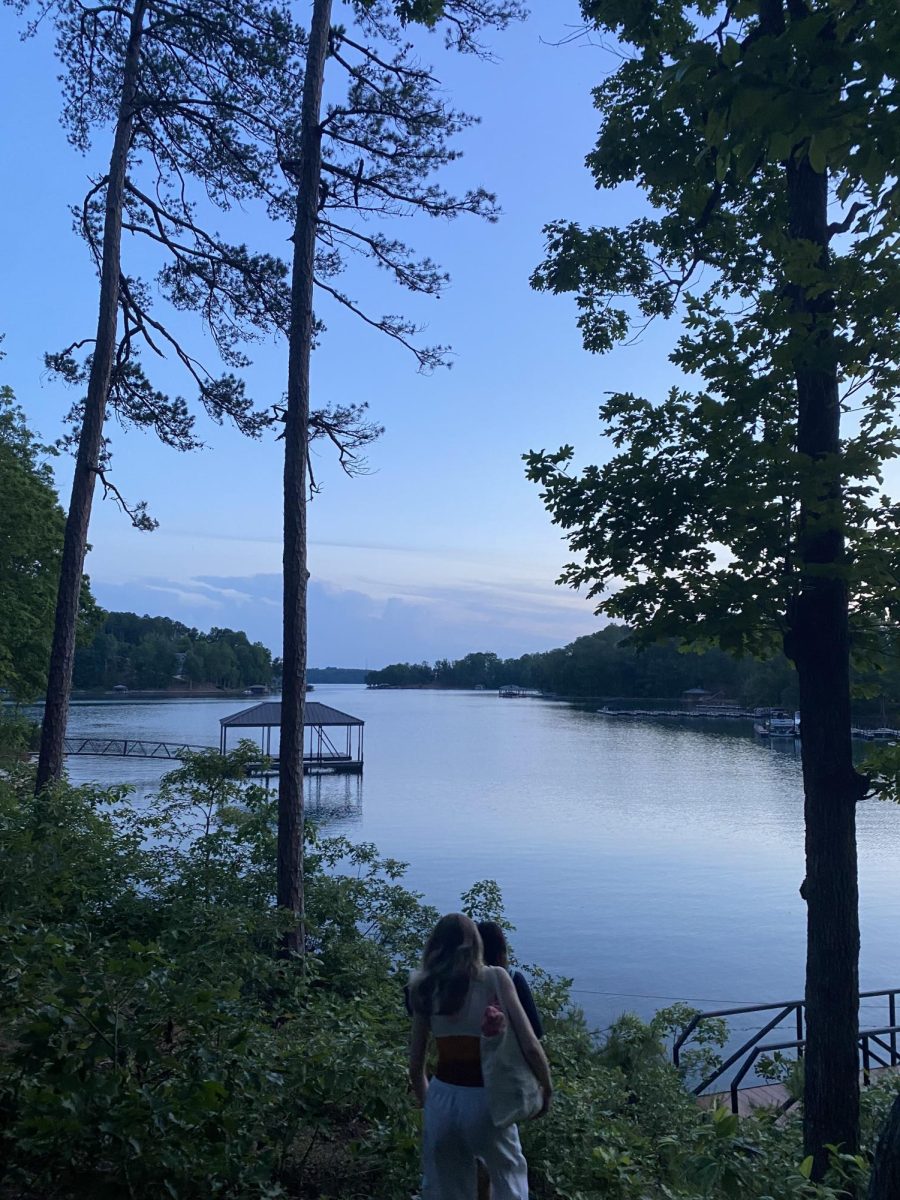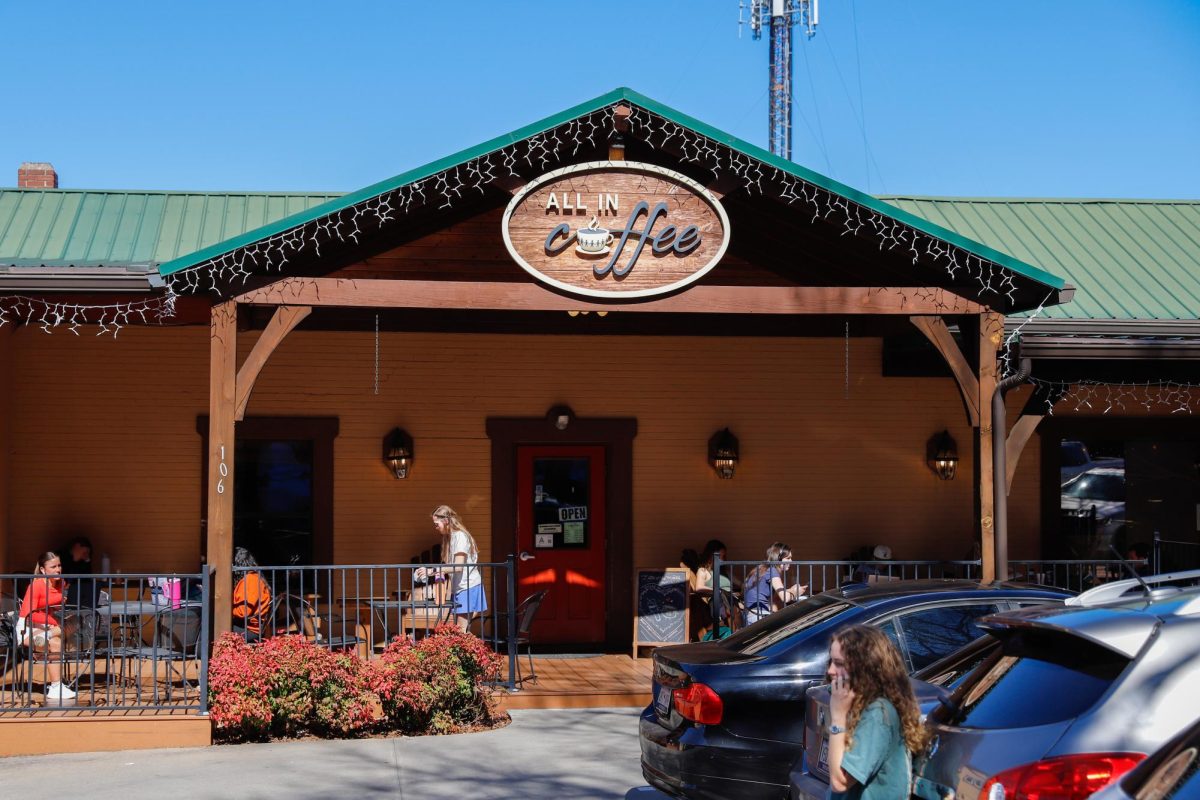The famous liveliness of Clemson’s students will soon be reflected in the school’s architecture, as a new art installation bursting with color and vivacity will find a new home at Core Campus over Spring Break.
The project’s vibrancy is matched only by that of its designer. Koryn Rolstad has been creating public art pieces for over 40 years, and is “very excited to be doing this.”
She is an acclaimed artist who lives in Seattle and she has received commissions for her public art pieces from all around the country.
Describing her work as a public artist, Rolstad said, “you’re basically a combination of architect, engineer [and] urban designer, and the art part is really little, but the art part comes first.”
Rolstad said she knows the moment she looks at a space what the piece is going to look like, saying “it comes to me in a nanosecond.”
She said the inspiration for the Clemson project, titled “Illuminated Chroma Wind Trees,” came from the desire to create something the students can “make their own story with.” Rolstad explained, “I wanted an installation that was exterior and interior, that was joyful and animated and gave way to identity.”
The completed installation will have two components, one inside and one outside, which will work together to create one piece.
The interior part will create an image of brightly colored birds which will appear to be flying off through a window. As a part of the exterior project, 90 trees will be planted, continuing the theme of bringing life to the area.
Jointly, they will accomplish Rolstad’s ultimate goal of creating a lively, happy space. It will not be a “pedestal piece of art,” but one that the students can enjoy and make their own.
Rolstad anticipates the many component parts, including the scores of bird-like wings, will arrive in mid-March. Although designing and figuring out the logistics of such a project is a relatively lengthy process, Rolstad expects the actual installation to take no more than three to four days.
“[Being able to work] both indoors and outdoors at the same time,” makes for quick work. Various contractors, including a concrete company, electricians and a ceiling team, will hang up the suspended components of the piece.
During production, Rolstad and a small crew of around six others will be working alongside them, making sure everything looks as it should.
This project is part of a series Rolstad has been working on for several years, creating public art pieces for various clients across the country. Each piece has been created according to its environment, but they all share the same themes of vitality and radiance. This specific project is expected to cost $250,000.
Richard Goodstein, Dean of the College of Architecture, Arts and Humanities said, “Public art is an important aspect of civilized cultures.” Goodstein said it is an especially powerful art form because of how it shapes and is shaped by its surroundings, and how it “resonates a sense of place and the value of art in the health and well-being of a community.” The school officials hope that the addition of such a dynamic and effervescent piece will create that feeling on campus.
Goodstein stressed that student input has played a crucial role in bringing public art to Clemson. In particular, the Atelier Site, a Creative Inquiry class representing all five colleges on campus, worked to “solicit input from various stakeholders and make a final decision,” he said.
Those decisions are then approved by the art faculty, officially bringing the project into motion. Many applications were carefully looked over before ultimately selecting Rolstad’s design and inviting her to campus to complete the installation.
Clemson’s decision to commission public art pieces stems from its core values and beliefs. Goodstein said, “It would be my hope that public art on our campus helps reinforce Thomas Green Clemson’s vision of a high seminary of learning and that the ‘beautiful arts create a magic bond which unites all ages and nations.’”
Categories:
Core Campus art installation set for spring break
Annabel Zane, Contributor
March 6, 2017
Photo courtesy of Clemson University Center for Visual Arts
Digital renderings illustrate artist Koryn Rolstad’s plan for “Illuminated Chroma Wind Trees,” which will be assembled in Core Campus during Spring Break.
0
Donate to The Tiger
Your donation will support the student journalists of Clemson University. Your contribution will allow us to purchase equipment and cover our annual website hosting costs.
More to Discover








